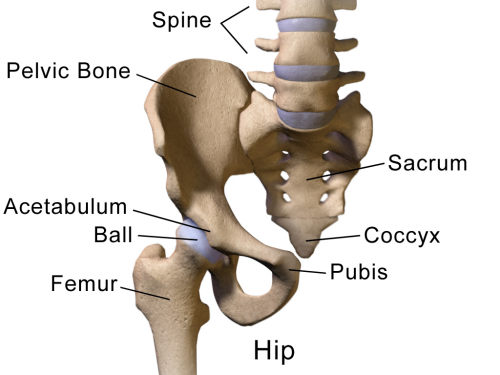Study reports nursing home hip fracture rates stay persistently high

A recent study of hip fracture rates in nursing homes in the U.S. reports a slight rise in the rate of hip fractures among long-stay residents in recent years. Researchers looked at data collected between 2007 and 2015 and found, despite a dip in 2013, rates have begun to rise again even though long- stay nursing home admissions have declined. Sarah T. Berry, M.D., M.P.H., Associate Director of the Musculoskeletal Research Center in the Hinda and Arthur Marcus Institute for Aging Research, is lead author on the paper recently published in the Journal of Bone and Mineral Research.
The purpose of the study was to describe trends in hip fracture rates and post-fracture mortality among 2.6 million newly admitted U.S. nursing home residents from 2007 to 2015, and to examine whether these trends could be explained by differences in resident characteristics. Understanding the prevalence of fractures and what puts individuals at risk is important to reducing the incidence of fractures in this vulnerable population.
Thirty-six percent of nursing home residents with hip fractures will die within six months, and another 17.3 percent of ambulatory residents will become completely disabled. Among survivors, infections and pressure ulcers are common, leading to functional decline and a diminished quality of life.
Given the high morbidity, mortality, and financial expense associated with these fractures, hip fractures are a major public health concern. It is important then to characterize temporal trends of hip fractures to inform interventions and national policies aimed at ameliorating these fractures.
“Our findings underscore the magnitude of the hip fracture problem in the U.S. and should prompt widespread interventions to reduce the suffering associated with hip fractures in older adults,” said Dr. Berry.
Source: Read Full Article
